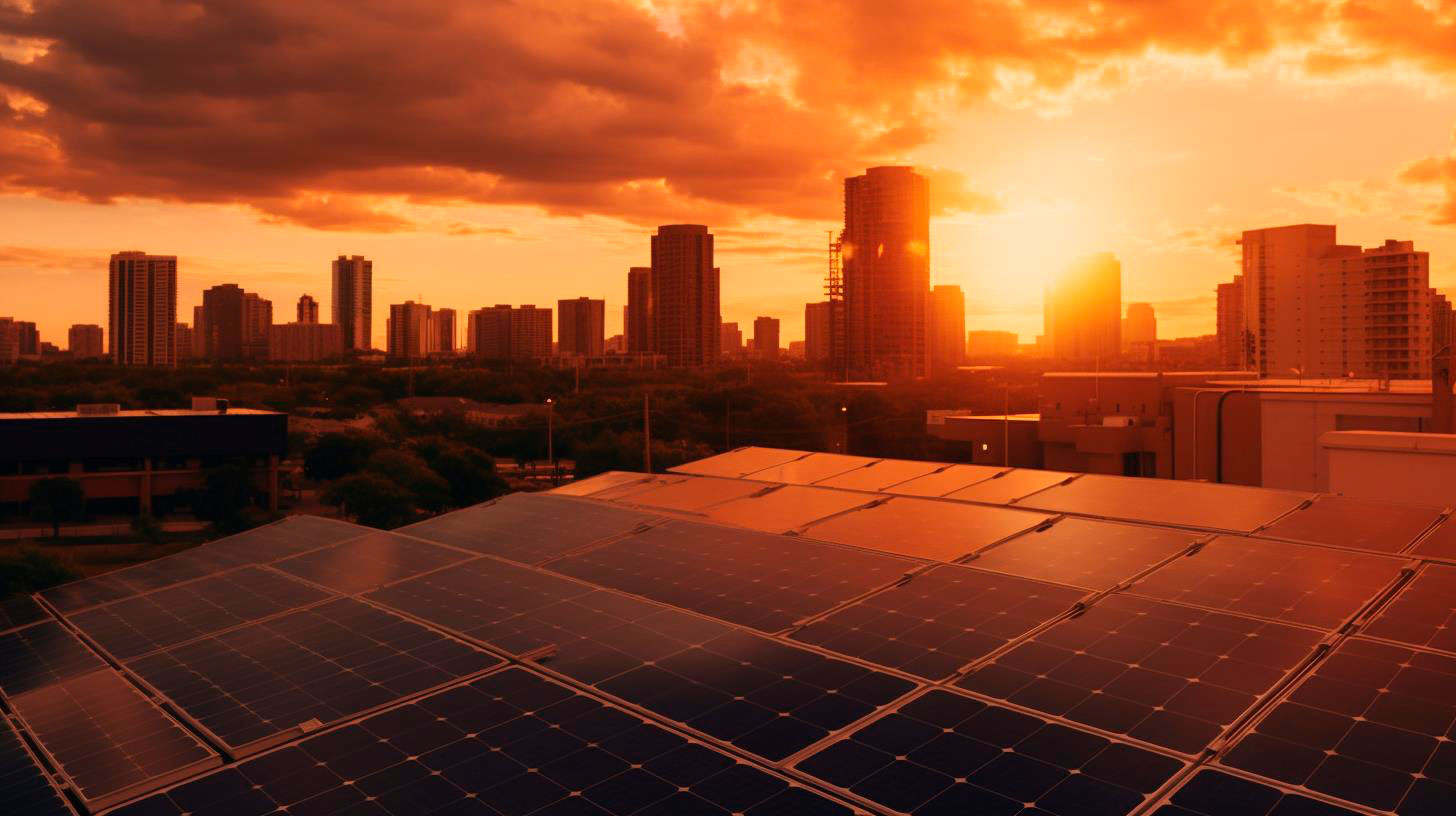Hydropower and Water Scarcity: Addressing Conflicting Needs
In this article, we will delve into the intersection between hydropower and water scarcity, and how we can address the conflicting needs of energy production and water conservation.
The Role of Hydropower in Energy Generation
Hydropower is the largest source of renewable energy globally, accounting for approximately 16% of the world’s electricity. It harnesses the power of flowing or falling water to generate electricity, reducing reliance on fossil fuels and mitigating greenhouse gas emissions. This form of renewable energy has numerous advantages:
- Abundant and renewable: Water is a renewable resource, making hydropower a long-term and sustainable energy solution.
- Low emissions: Hydropower plants produce minimal greenhouse gas emissions compared to fossil fuel power plants.
- Reliable: Unlike wind and solar, hydropower provides a consistent and predictable source of energy, making it an ideal baseload power option.
- Cost-effective: Once operational, hydropower plants have lower operational and maintenance costs compared to other energy sources.
The Conflict with Water Scarcity
While hydropower offers significant advantages as a renewable energy source, it also poses challenges in water-scarce regions. Here are some key considerations:
- Water requirements: Hydropower plants typically rely on large volumes of water to generate electricity. In areas experiencing water scarcity, this can exacerbate the existing problem.
- Ecological impact: Building dams and diverting water for hydropower projects can fundamentally alter river ecosystems and disrupt aquatic habitats.
- Upstream/downstream issues: Altering the natural flow of rivers can impact downstream regions, limiting water availability for agriculture, drinking water, and other essential needs.
With the increasing stress on water resources, it is crucial to find a balance between hydropower generation and water availability.
Addressing Conflicting Needs
Strategies can be implemented to minimize the environmental impact of hydropower and address water scarcity concerns. Here are a few approaches:
Efficient water management:
Implementing water management practices can help optimize the use of water resources in hydropower production. This includes improving water efficiency, reservoir management, and adopting modern technologies to reduce water consumption.
Fish-friendly hydropower:
Developing and implementing fish-friendly designs in hydropower projects can mitigate the ecological damage caused by dams. Fish ladders, fish bypass systems, and turbine designs that prevent fish entrapment are some solutions that help restore aquatic habitats.
Reservoir sediment management:
Sedimentation is a common issue in reservoir-based hydropower plants, leading to reduced storage capacity and impaired downstream ecosystems. Implementing effective sedimentation management techniques, such as sediment flushing and dredging, can help maintain reservoir sustainability and preserve downstream water quality.
Promoting decentralized energy systems:
Instead of relying solely on large-scale hydropower projects, promoting decentralized energy systems can help address water scarcity concerns. Distributed renewable energy sources, such as solar and wind power, can supplement the energy mix, reducing dependency on hydropower while minimizing its impact on water availability.
By implementing these strategies, we can strike a balance between energy generation and water resource management, ensuring sustainable development.
Key Takeaways
- Hydropower is a major renewable energy source, providing about 16% of the world’s electricity.
- It offers benefits like abundant supply, low emissions, reliability, and cost-effectiveness.
- However, hydropower can amplify water scarcity and lead to ecological disruptions.
- Efficient water management, fish-friendly designs, sedimentation management, and decentralized energy systems are strategies to address conflicting needs.
By adopting these measures, we can ensure that hydropower continues to contribute to our energy needs while safeguarding our precious water resources.
For more information on water scarcity and its global impact, you can visit the United Nations’ Water Scarcity website.
